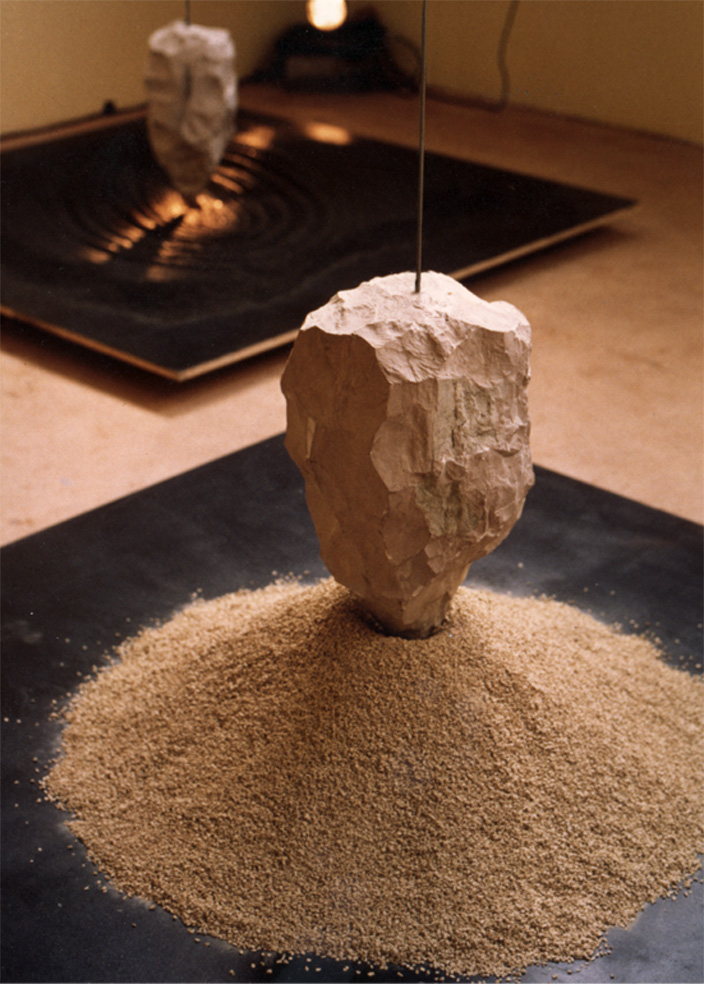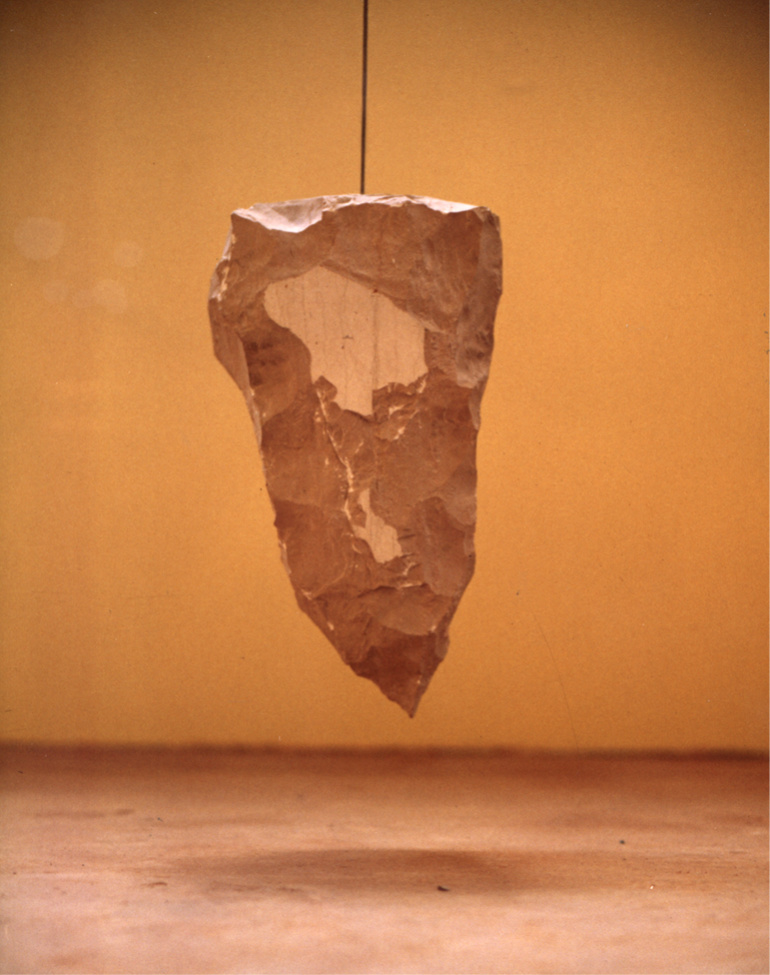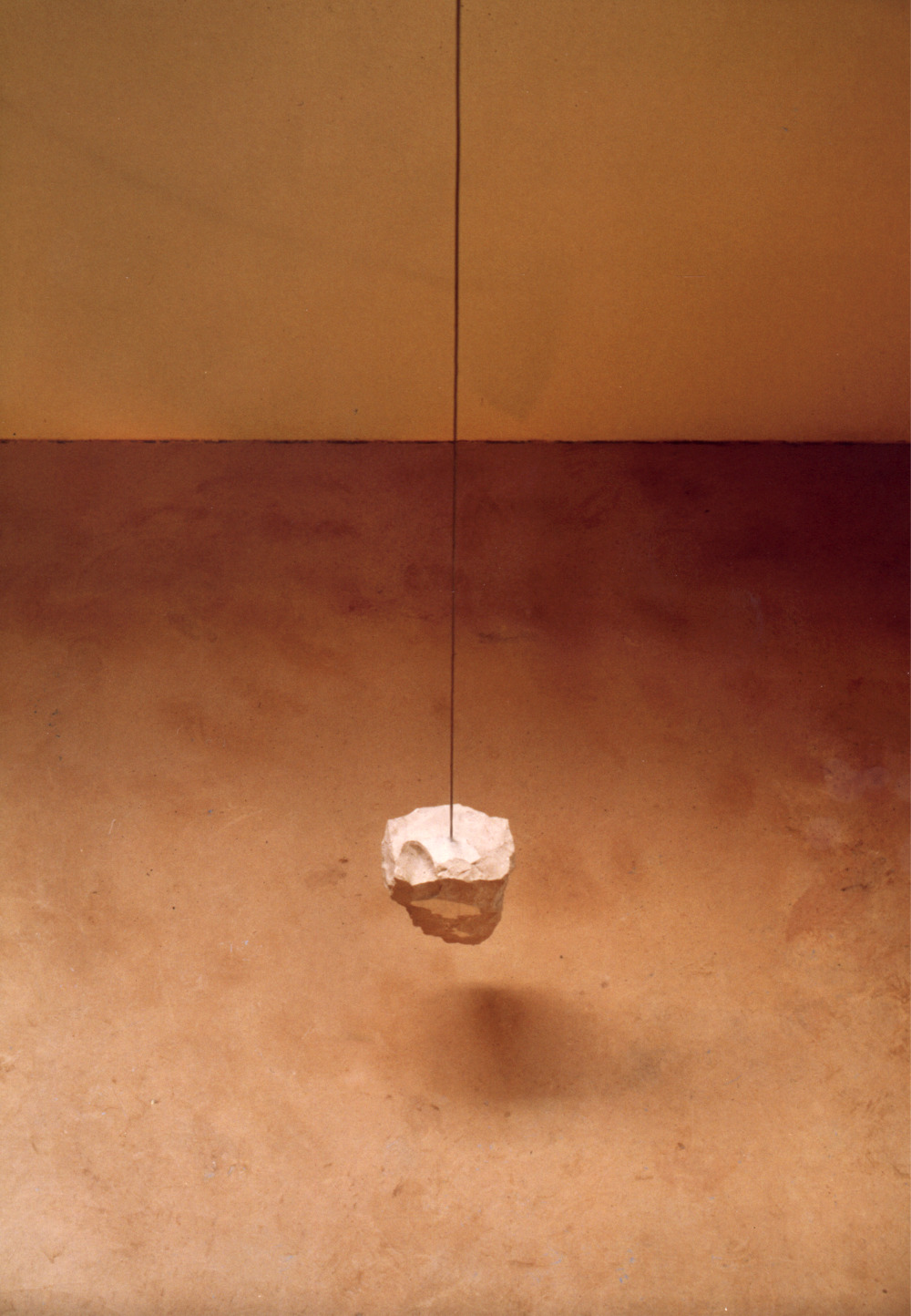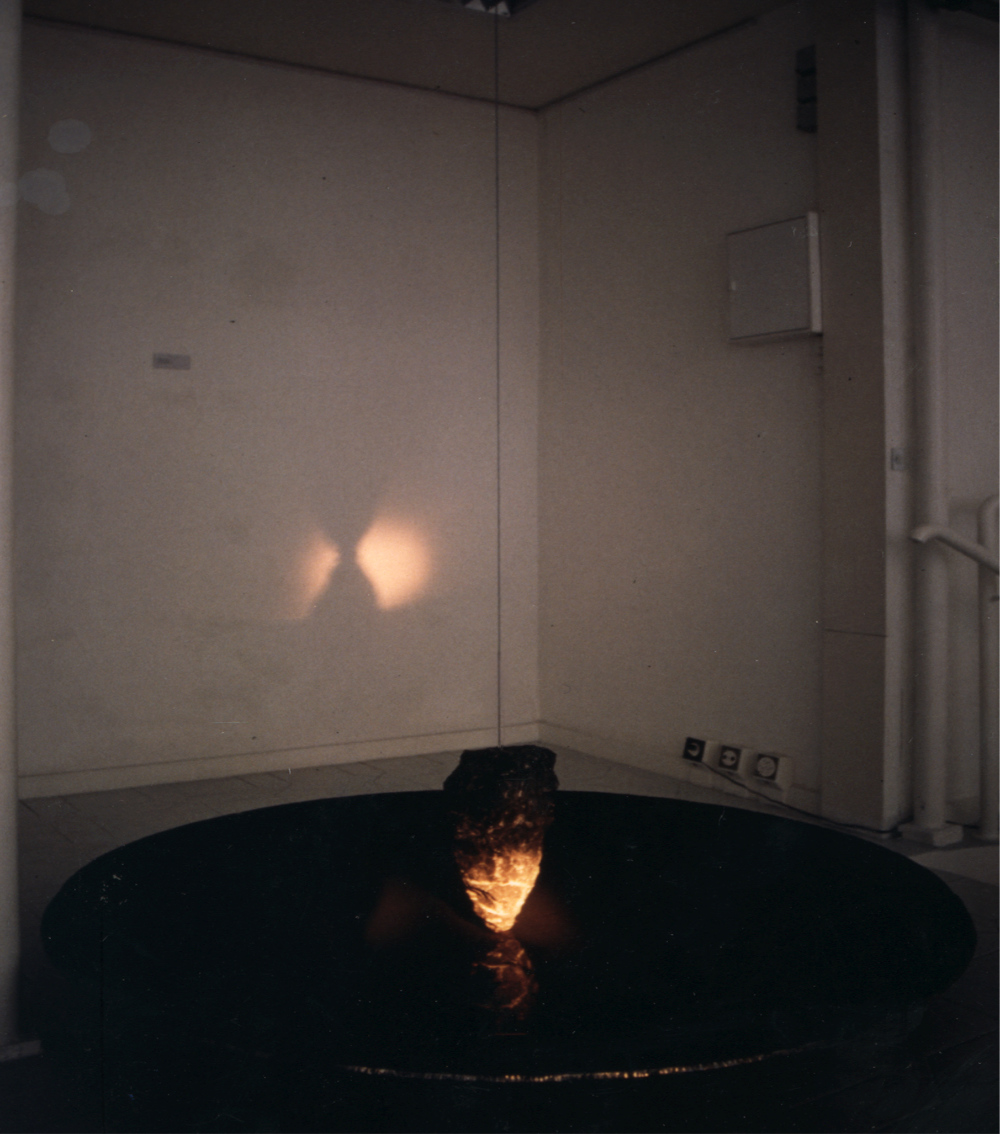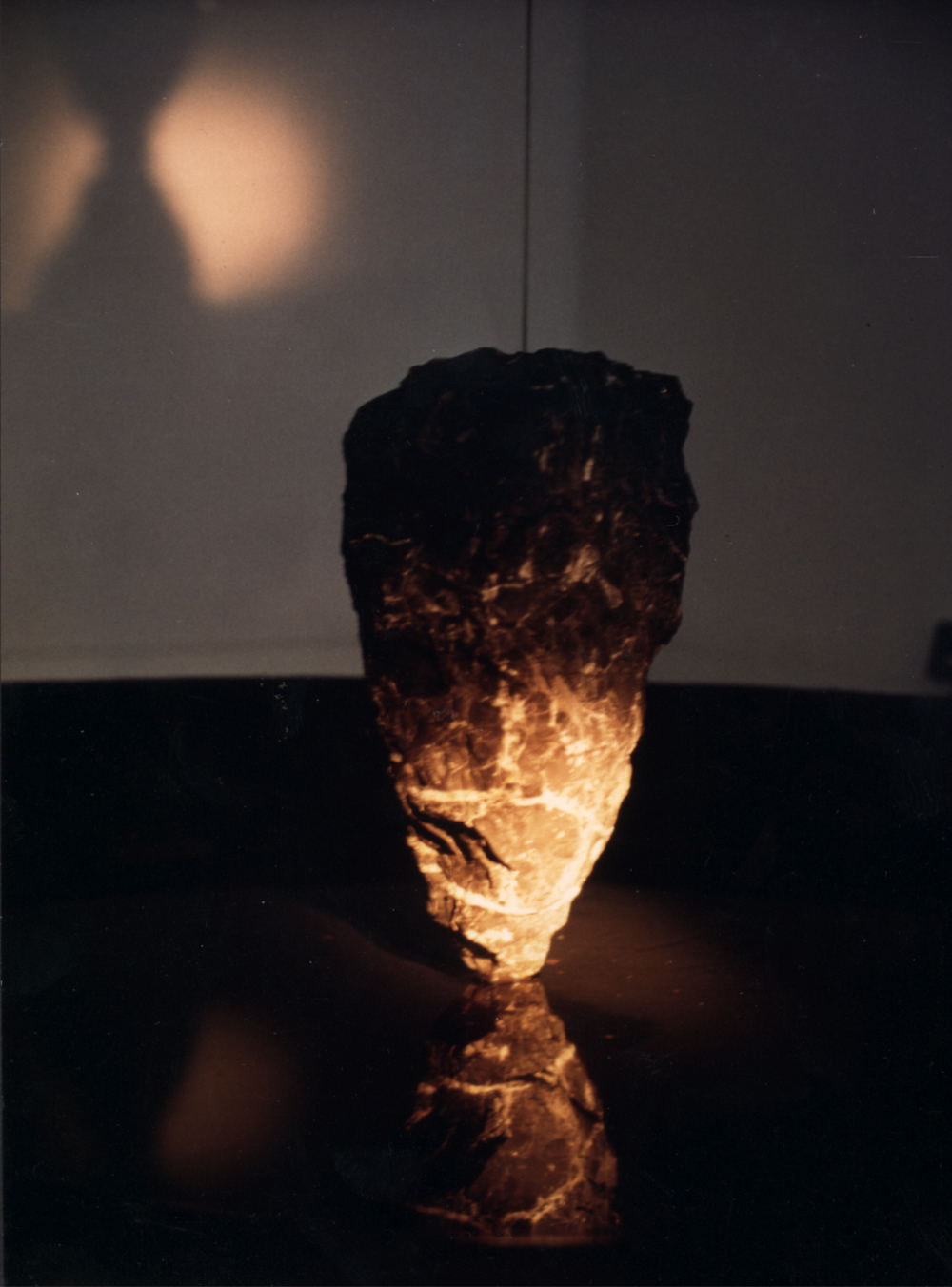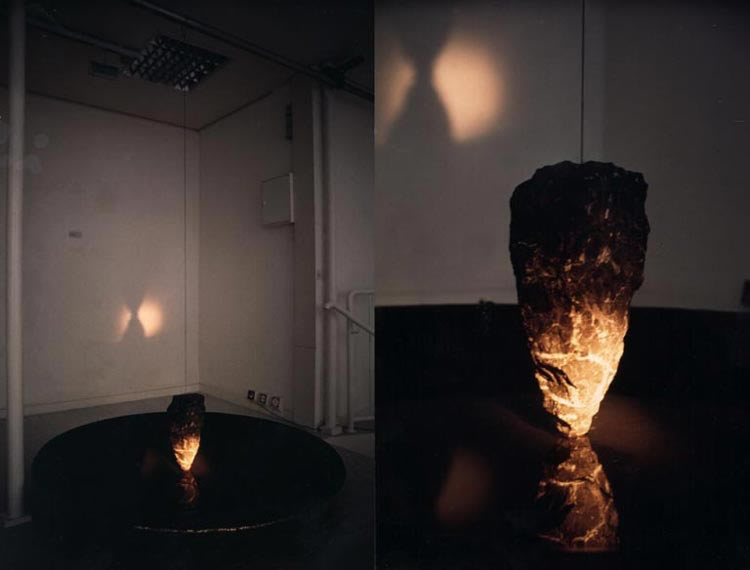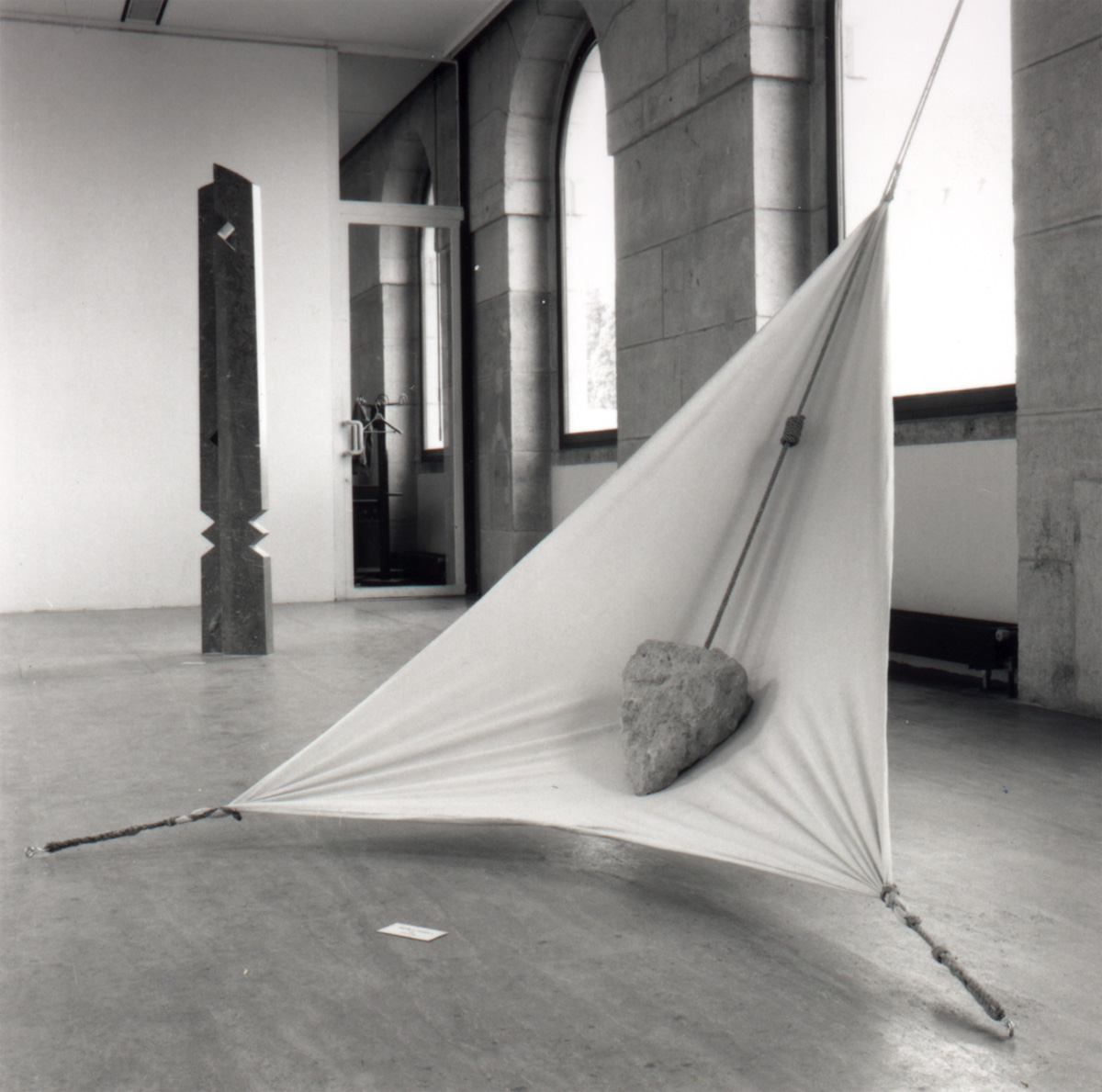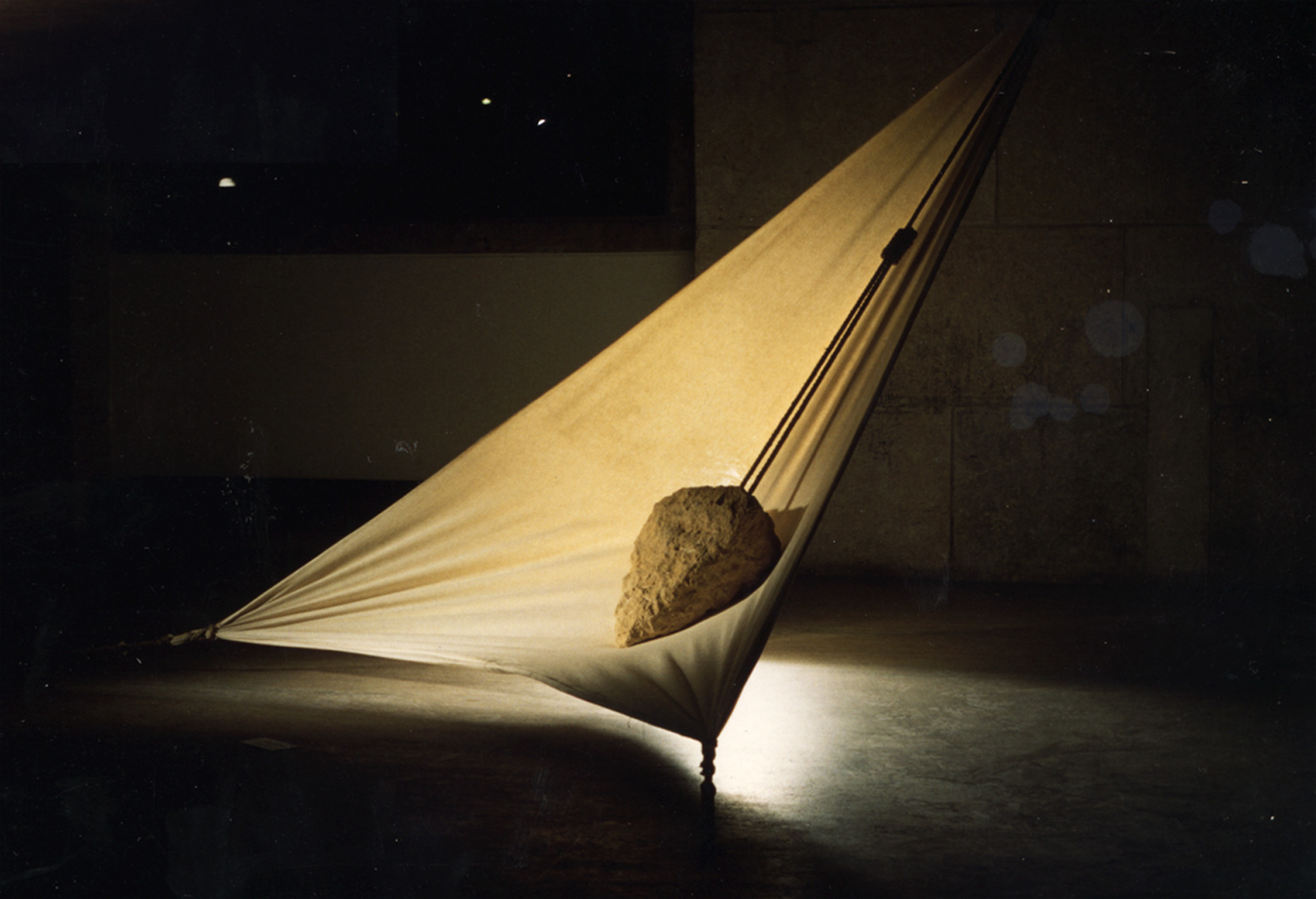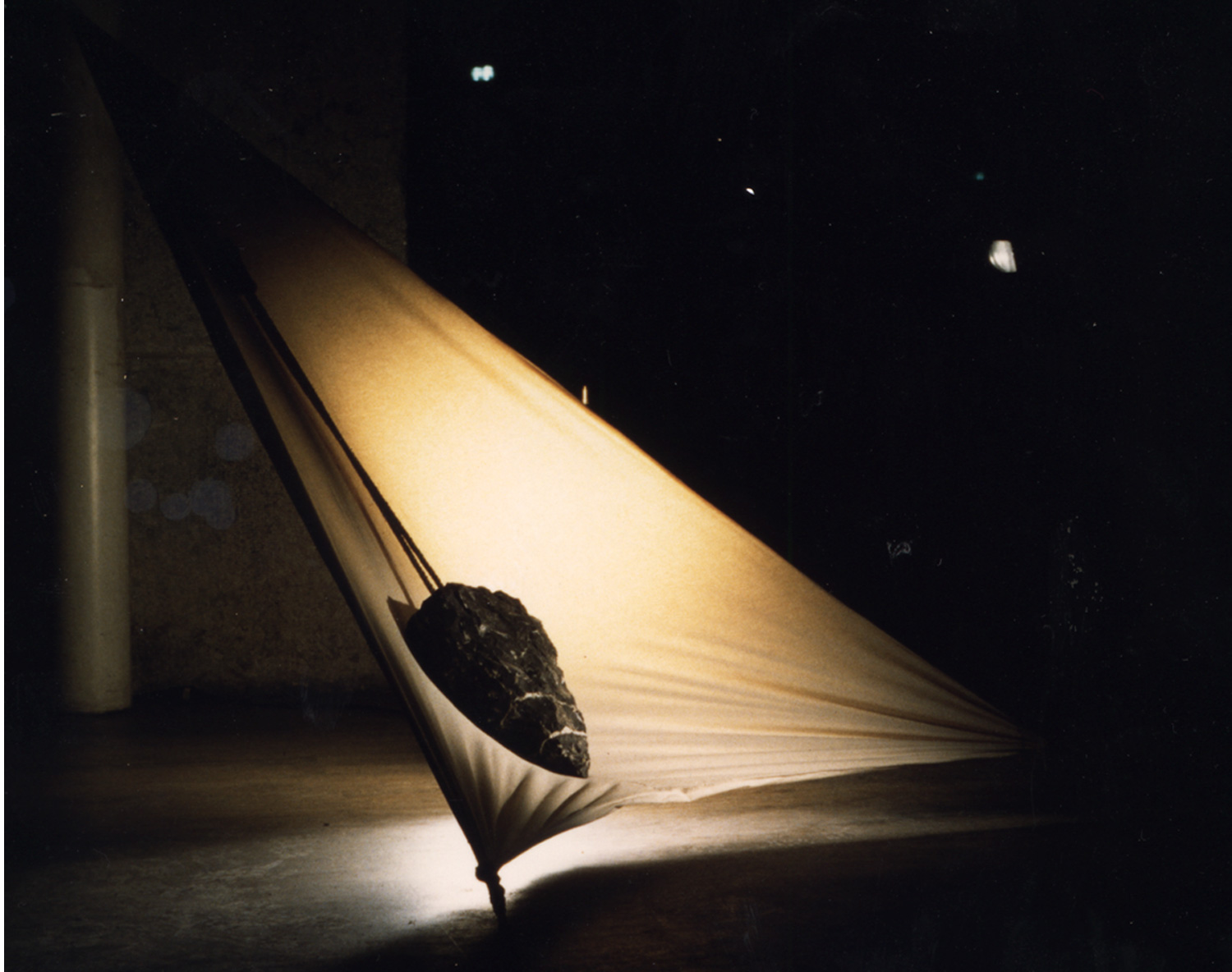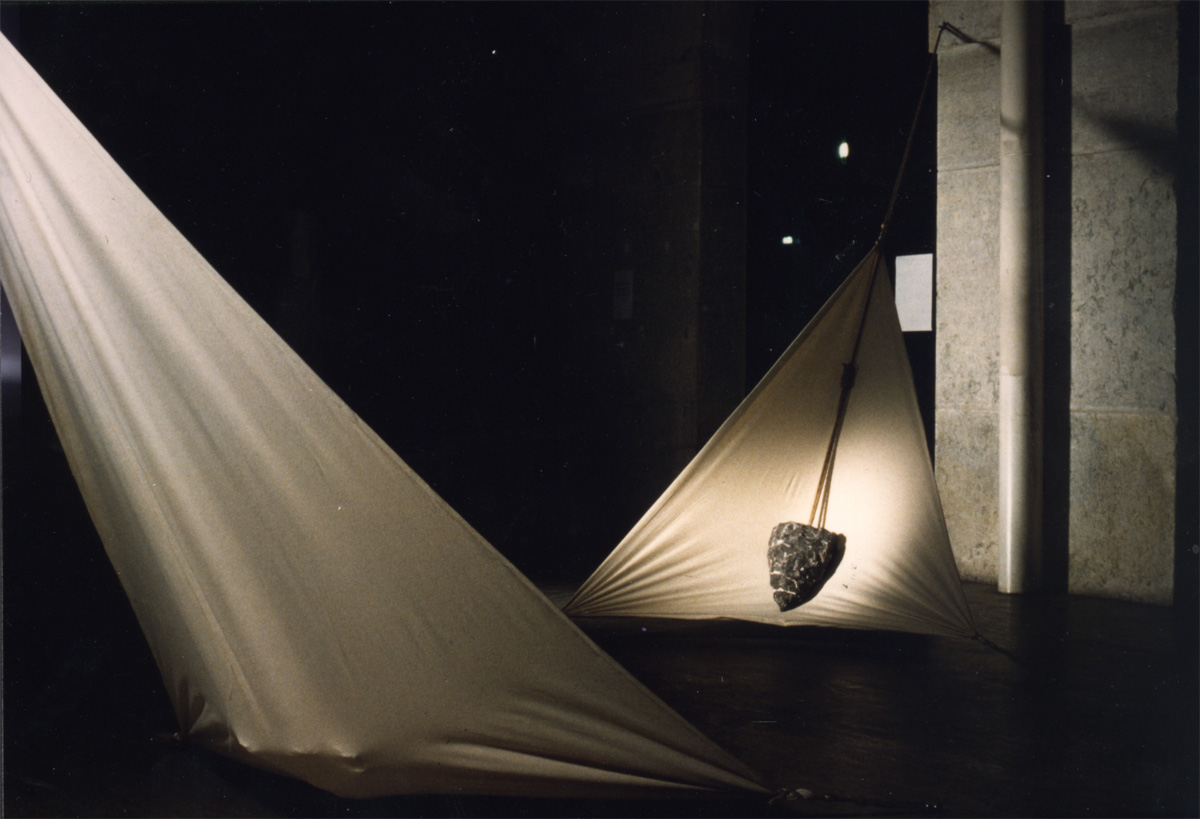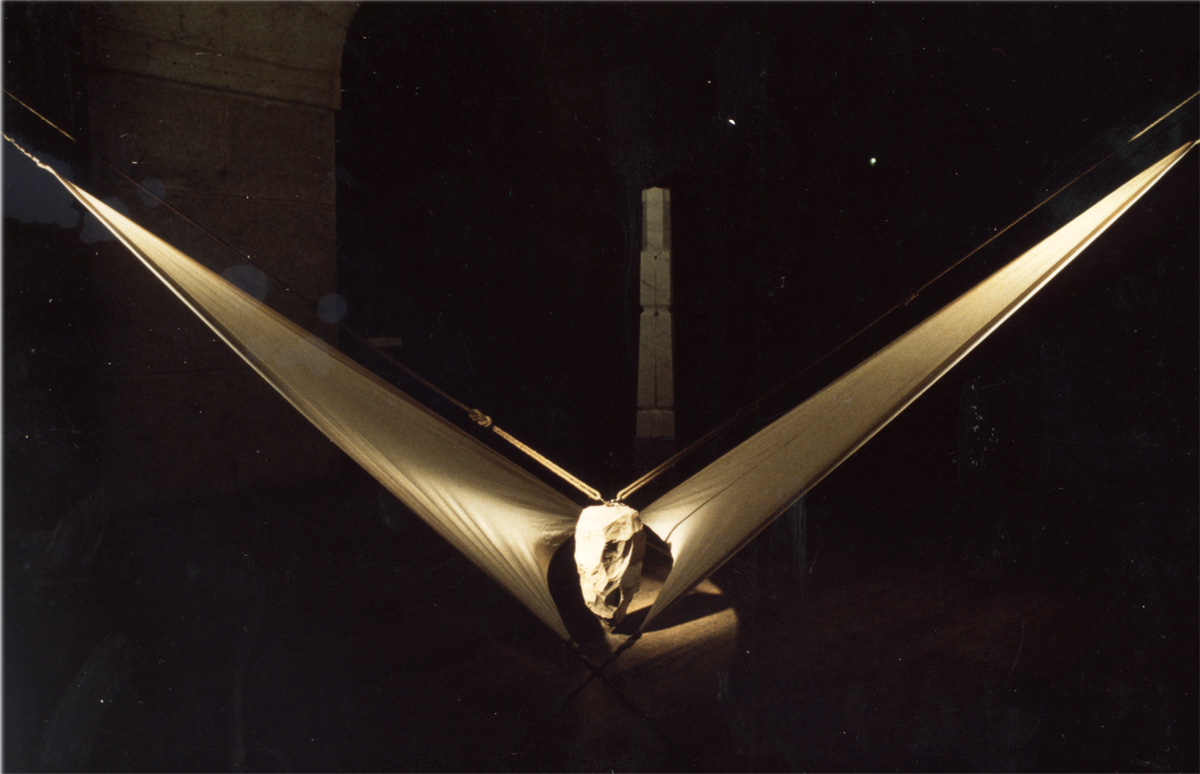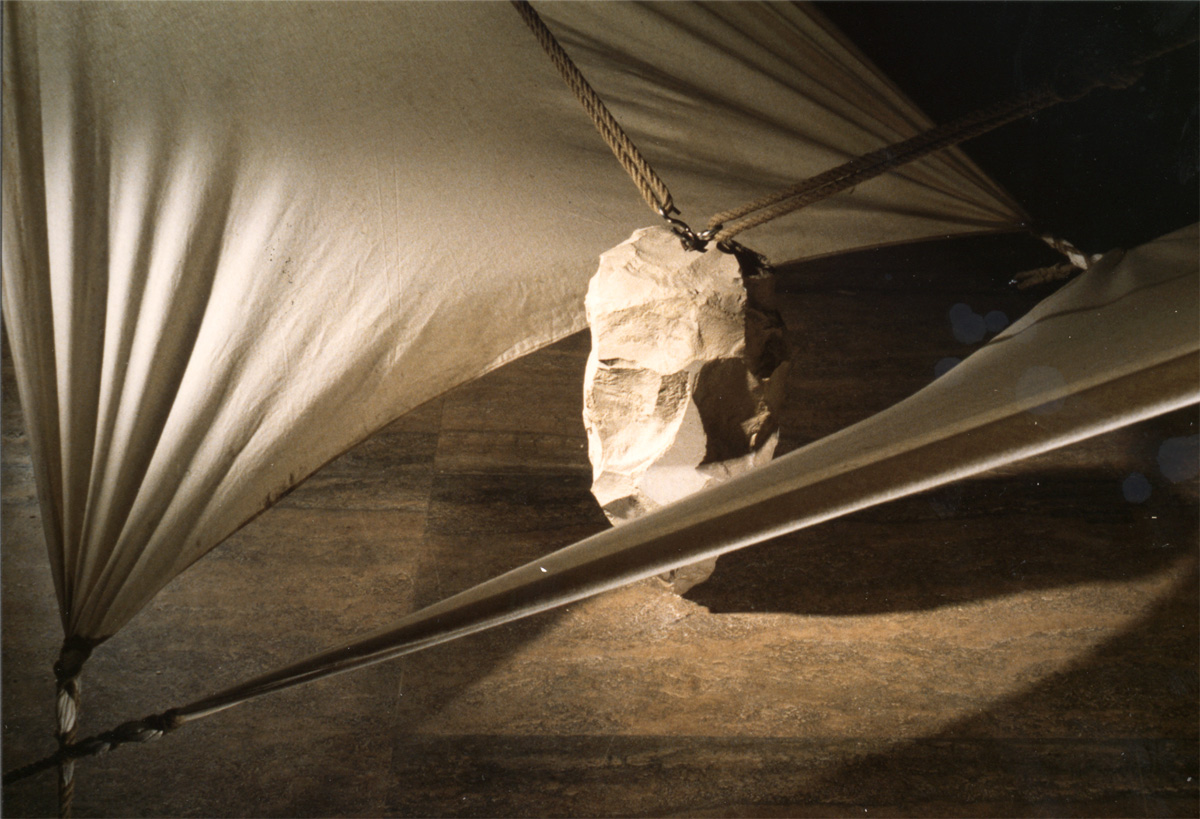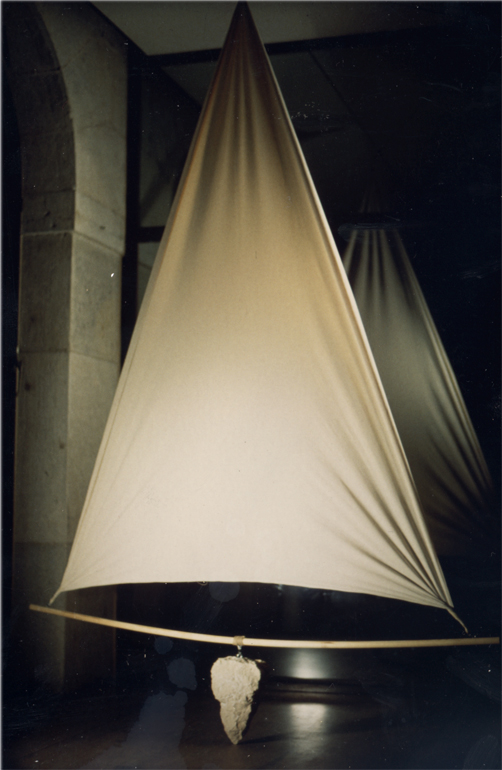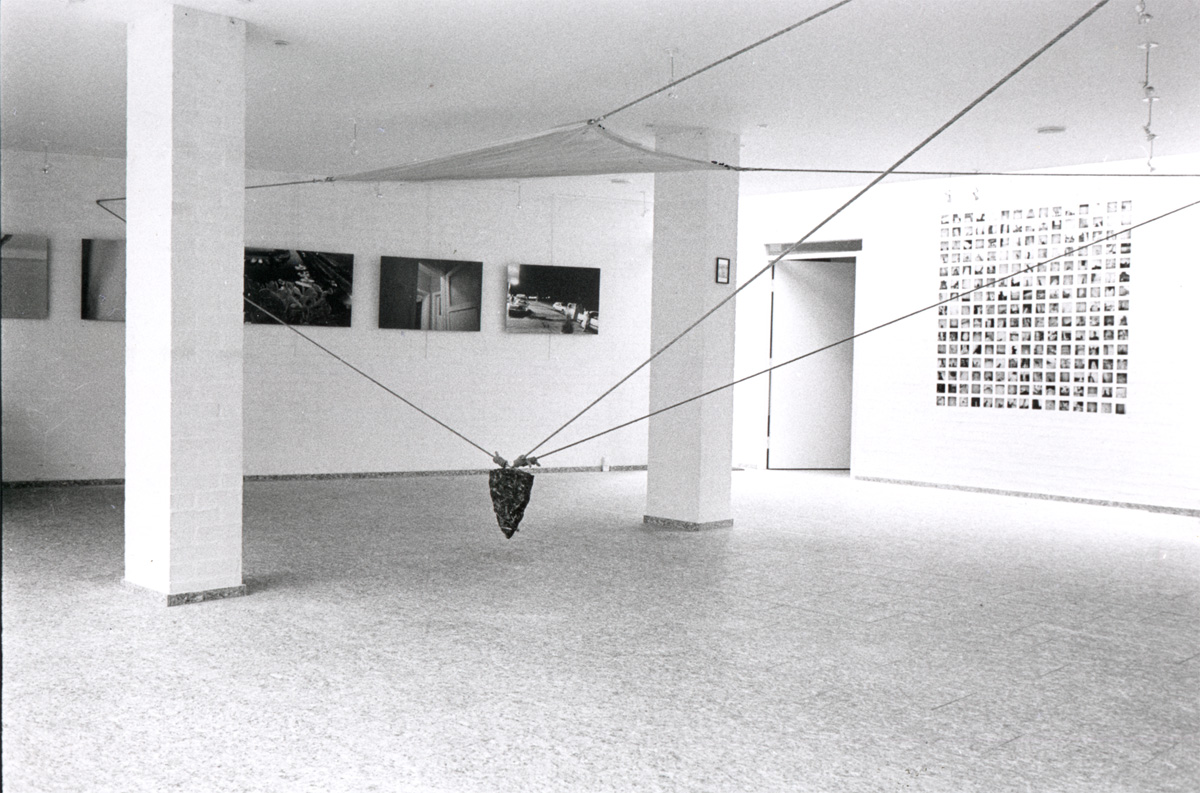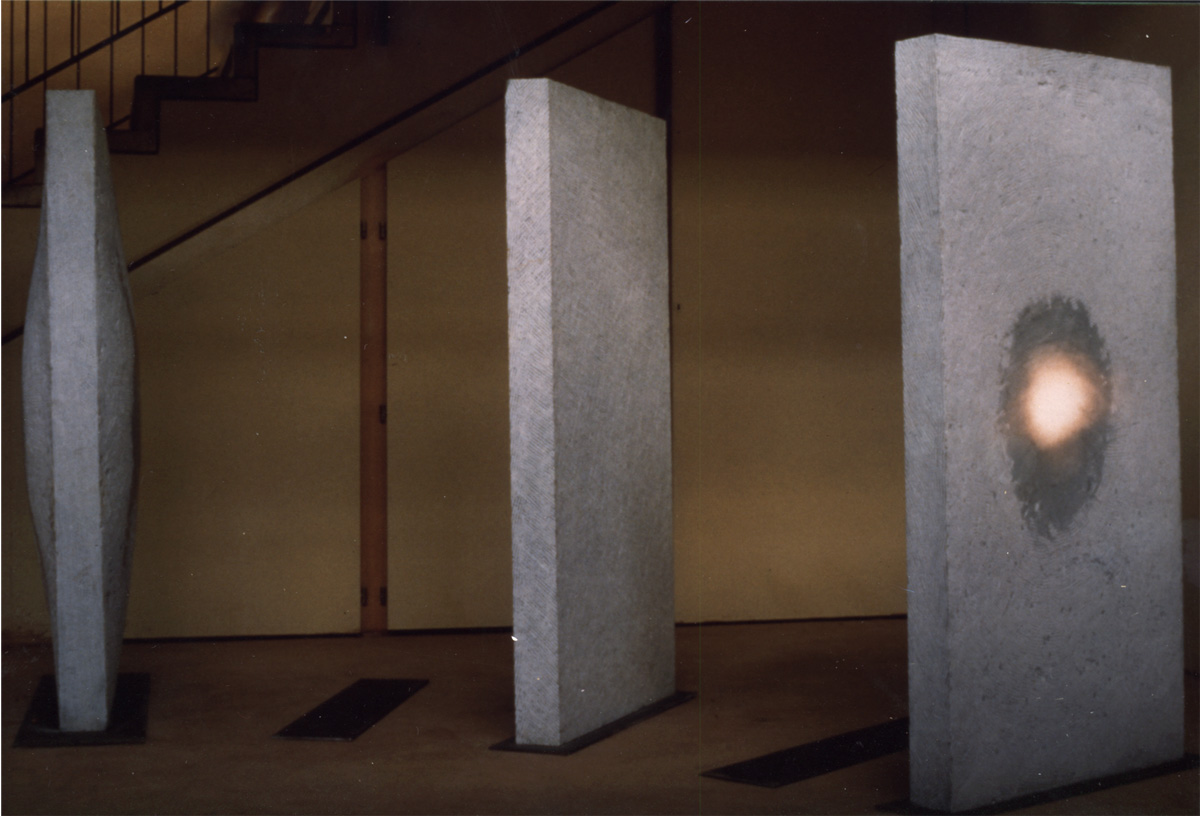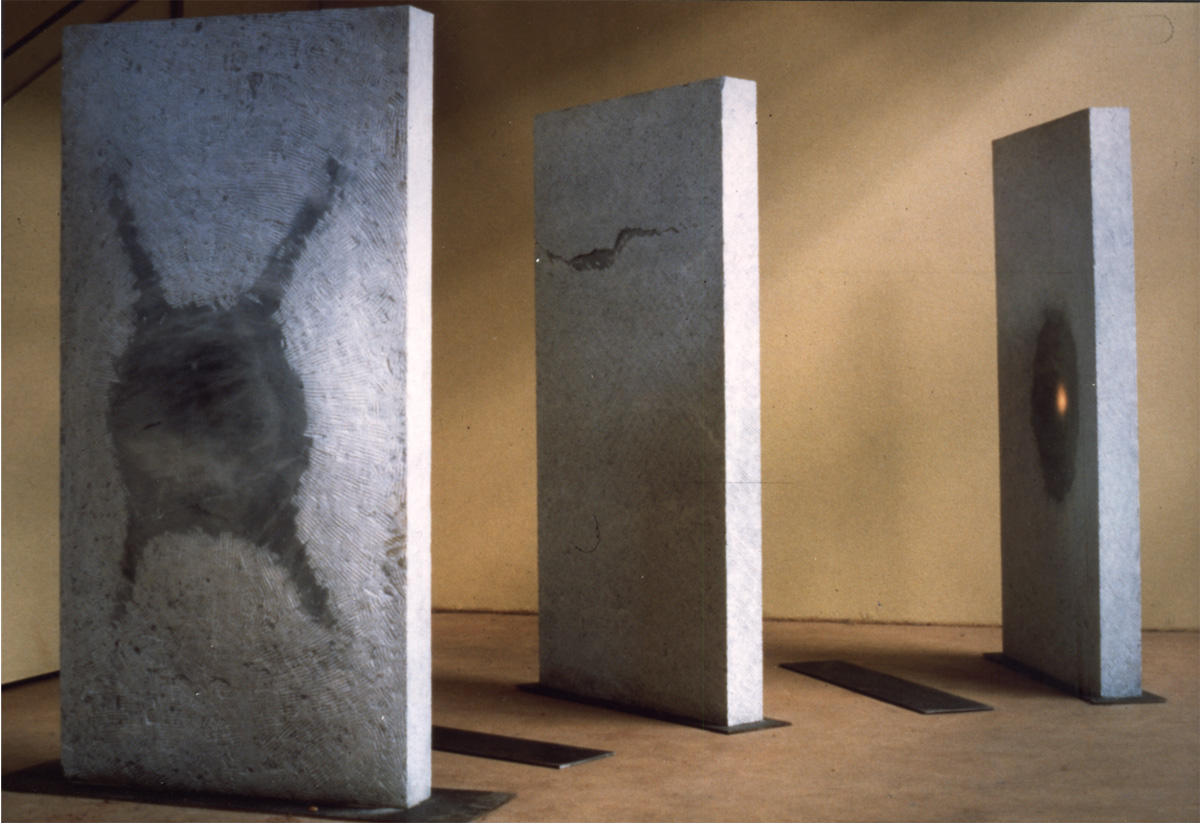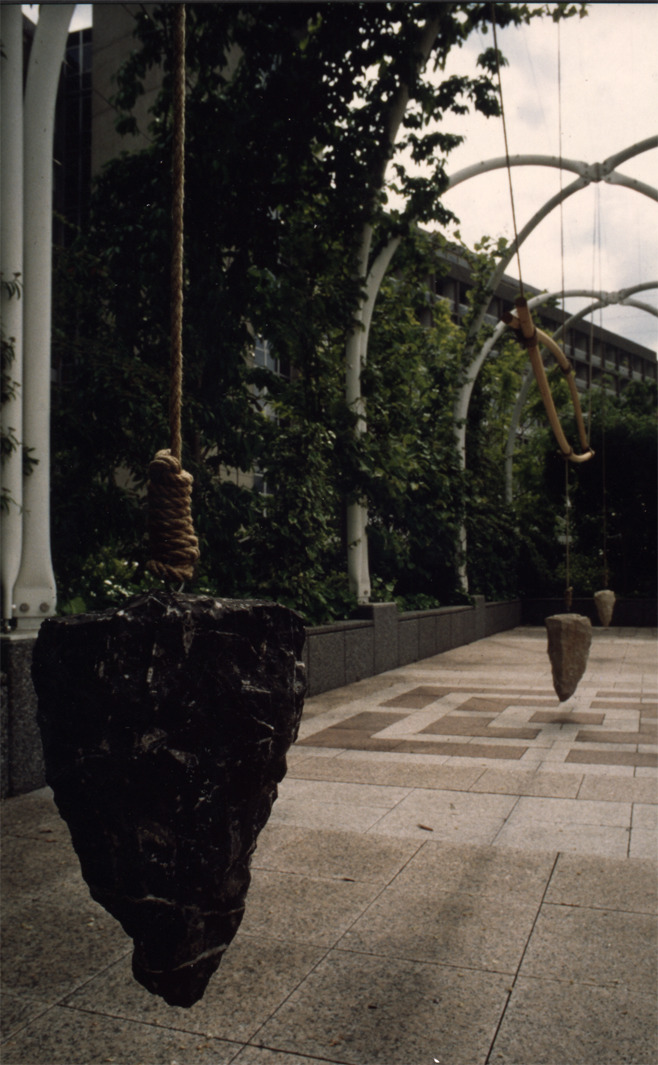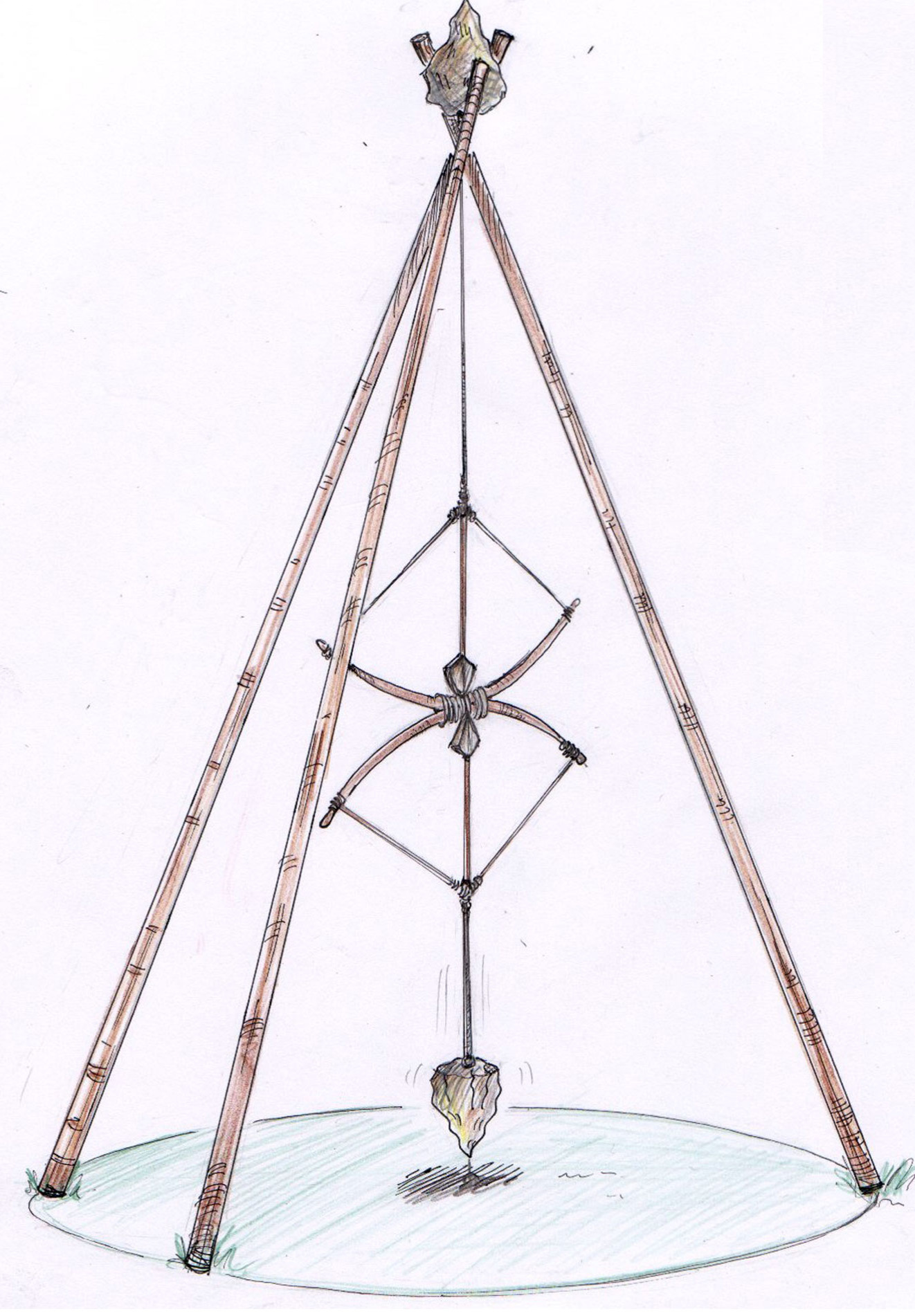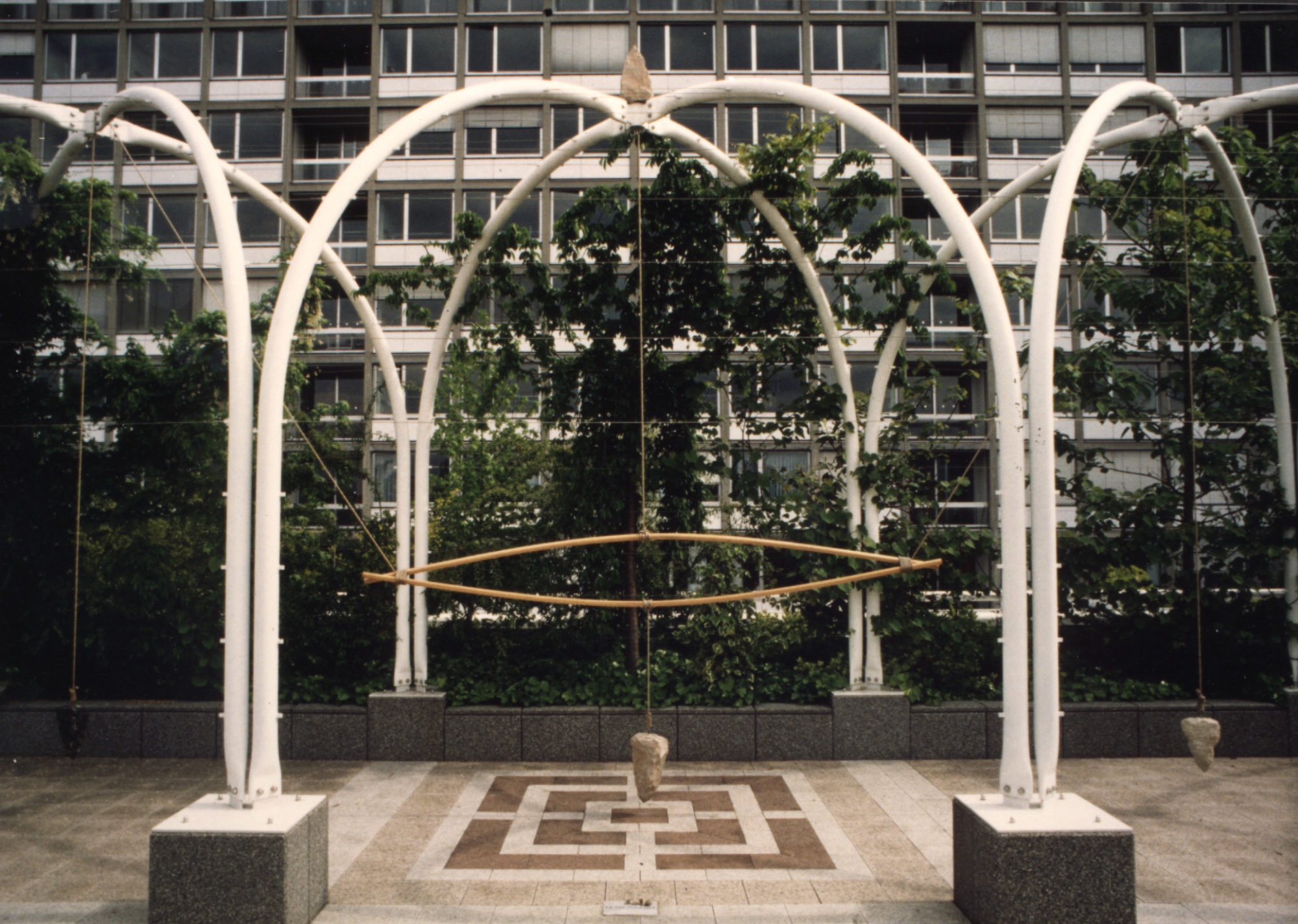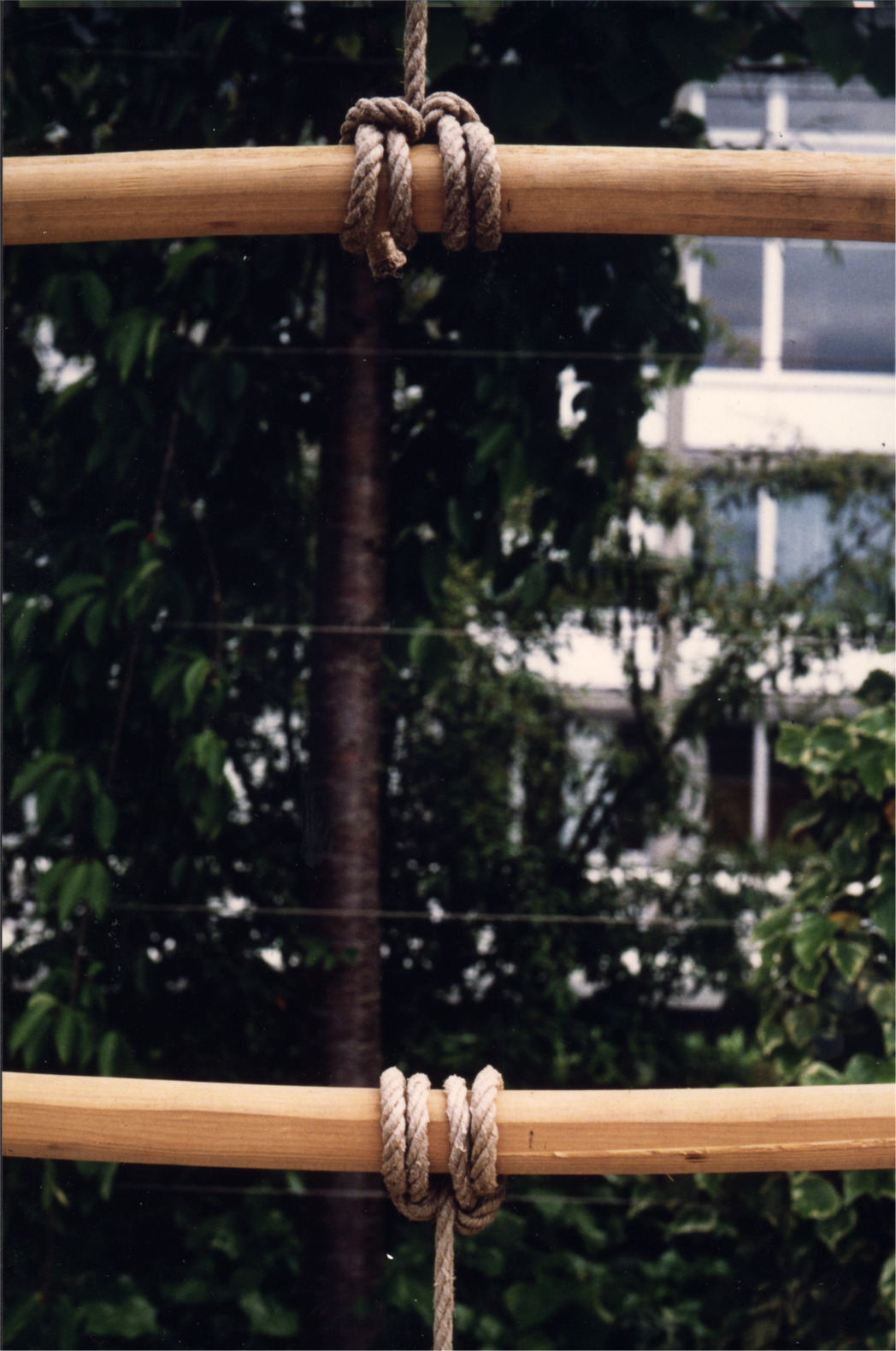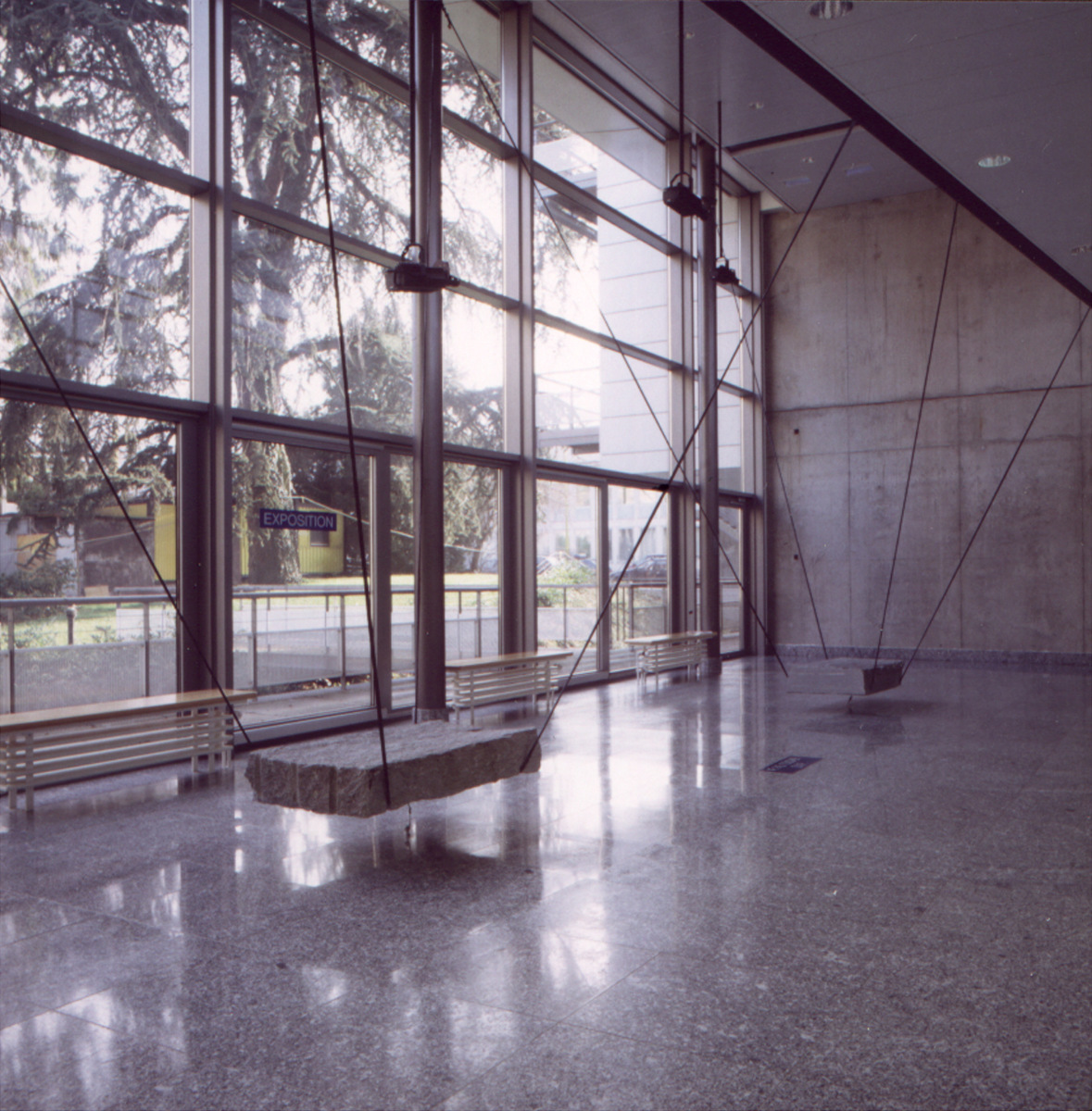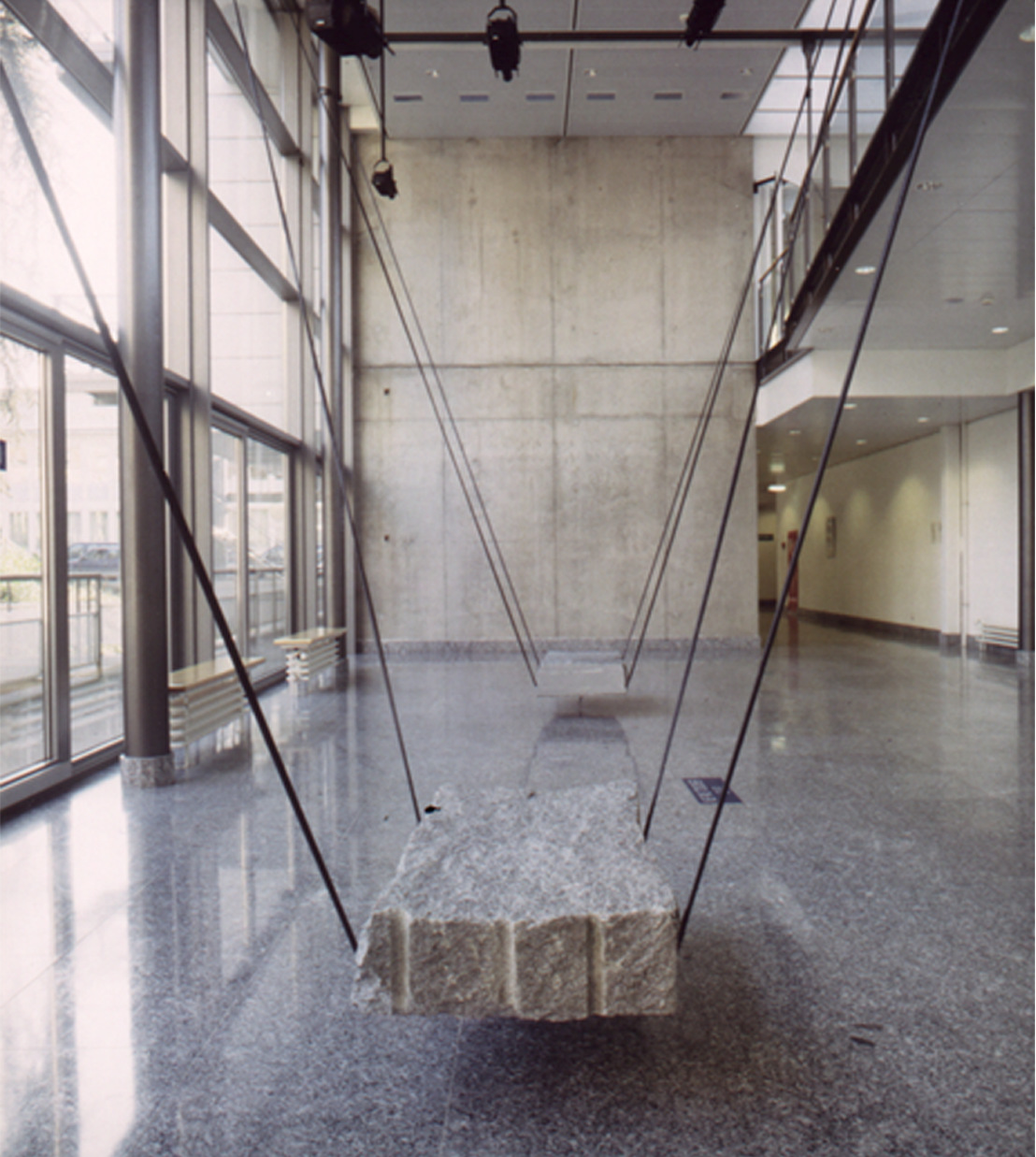Pendulums
“Why would there be something rather than nothing?”
(Hubert Reeves, Patience in the Azure)
The pendulum series is a set of installations inspired by Foucault’s pendulum and a mystery about it that scientists are stumbling over (*). Indeed, Léon Foucault demonstrated in 1851 the rotation of the earth through the oscillation of the horizontal plane of his pendulum. The demonstration, although clear, poses another problem when the device is measured over a long period of time since the pendulum deviates from the poles. It seems indeed that this almost imperceptible drift is the result of a more powerful and more distant attraction. The mystery sets in when pointing the pendulum towards the giant celestial objects (sun, stars, center of our galaxy, etc.) the drift continues. The best hypothesis made by scientists to explain this enigma is that the attraction undergone by the pendulum is the fact of the fossil radiation, emitted itself 13.5 billion years ago at the birth of the universe. Here science becomes supposition and art can therefore take hold of the phenomenon. VDB takes the opportunity to express his favorite themes (perception of time, ephemerality& infinity, squaring the circle), by creating all sorts of pendulums, all capable of different movements, which Les Echos traces in the sand. Some devices even allow contradictory movements which, by alternating, create sets of crossed ellipses capable of drawing suites of squares. A kind of squaring of the circle solved by the matter…
(*)As a brief reminder, the Pendulum experiment conducted by Léon Foucauld in 1851 is a scientific device that was hung under the vault of the Pantheon in Paris and which is the first physical, and not theoretical, demonstration of the rotation of the Earth and the phenomenon of polar attraction that results from it. The device consists of a 60m long rope at the end of which a sphere with a rod pointing towards the ground is balanced, the whole surrounded by a 5m diameter sand ring. When the pendulum swings its trajectory crosses the sand ring in its circumference. At each swing the sand ring is cut twice by the rod placed under the sphere. After some back and forth, we can see that the plane of the pendulum oscillates horizontally because in its course the pendulum cuts a widening fault in the sand. The plane of the pendulum drifts because it is attracted by the poles and its oscillation is measurable in the areas of sand swept by the pendulum.
